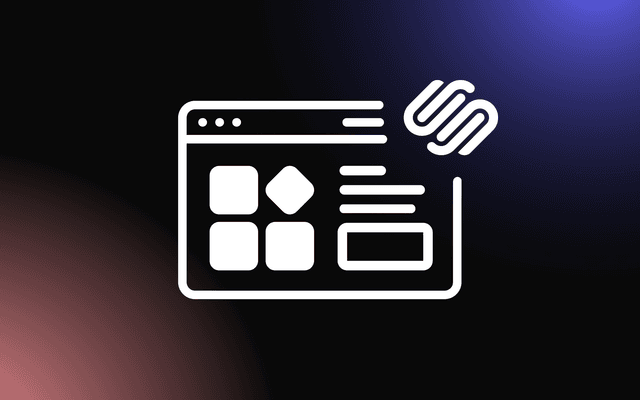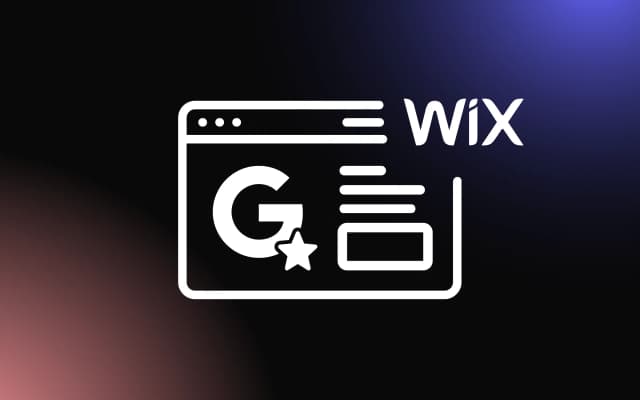
The integration of a WhatsApp widget into your business communications strategy marks a transformative step towards increasing customer engagement.
This tool capitalizes on the widespread popularity of WhatsApp to offer customers a direct and personal channel of interaction.
By making communication effortless and more accessible, companies can enhance customer experience and foster stronger connections.
Understanding the WhatsApp Widget
The WhatsApp widget is a powerful tool for businesses to connect with their customers directly through WhatsApp, enhancing communication and engagement.
Overview of the WhatsApp Widget
The WhatsApp widget is an interactive button integrated into websites or apps, allowing users to start a conversation with a business via WhatsApp.
This widget provides a seamless and familiar communication channel for customers, leveraging WhatsApp's widespread popularity and ease of use.
By incorporating the WhatsApp widget, businesses can offer instant support, answer inquiries, and build stronger relationships with their customers.
Key Features and Functions
The WhatsApp widget offers several key features and functions designed to enhance customer interactions.
These include instant messaging capabilities, multimedia support (such as sharing images, videos, and documents), and the ability to handle both individual and group chats.
Additionally, the widget supports automated messages and quick replies, helping businesses manage high volumes of inquiries efficiently. By utilizing these features, businesses can provide a more responsive and personalized customer service experience.
Benefits of Integrating a WhatsApp Widget
Integrating a WhatsApp widget into your business's digital platforms can significantly enhance customer communication and engagement. This integration offers several advantages that help in creating a more connected and satisfied customer base.
Immediate and Direct Communication
The WhatsApp widget facilitates immediate and direct communication between businesses and customers. Unlike traditional communication channels, WhatsApp is known for its speed and convenience, allowing customers to receive prompt responses to their inquiries.
This immediacy is crucial in resolving issues quickly, addressing concerns, and providing real-time support, which can lead to higher customer satisfaction and loyalty.
The ease of initiating a conversation through a simple click enhances the overall customer experience, making it more seamless and efficient.
Increased Accessibility for Customers
One of the major benefits of the WhatsApp widget is the increased accessibility it offers to customers. With over two billion users globally, WhatsApp is a familiar and widely-used platform, making it an ideal choice for businesses to connect with their audience.
The widget can be easily integrated into websites and apps, providing a convenient way for customers to reach out without the need to switch platforms or navigate complex interfaces.
This accessibility ensures that customers can connect with businesses anytime, anywhere, which is particularly beneficial for those who prefer mobile communication.
Personalized Customer Service Experiences
Integrating a WhatsApp widget allows businesses to offer more personalized customer service experiences. Through WhatsApp, businesses can leverage customer data to send tailored messages, offers, and updates that resonate with individual preferences and needs.
The platform supports rich media, enabling businesses to share images, videos, and documents to enhance communication and provide detailed assistance.
Personalized interactions not only make customers feel valued but also strengthen the relationship between the customer and the brand, leading to increased loyalty and repeat business.
Strategies for Leveraging the WhatsApp Widget
Effectively leveraging the WhatsApp widget requires strategic implementation to maximize customer engagement and satisfaction. By focusing on placement, prompt responses, and automation, businesses can optimize their use of this powerful communication tool.
Placement and Visibility on Your Website
The placement and visibility of the WhatsApp widget are crucial for encouraging customer interaction. The widget should be prominently displayed on key pages of your website, such as the homepage, product pages, and support sections.
Ensure that it is easily accessible and visible without being intrusive. A common practice is to position the widget in the bottom right corner of the screen, where it remains within easy reach as users navigate through the site.
Additionally, consider using attention-grabbing icons or animations to highlight the widget and encourage users to engage with it.
Prompt Response Systems
A prompt response system is essential for maintaining customer satisfaction and trust. When customers reach out via the WhatsApp widget, they expect quick and efficient replies.
Implementing a dedicated team or using customer service software to manage inquiries can help ensure timely responses. Establish clear response time goals and monitor performance to meet these standards consistently.
Prompt responses demonstrate your commitment to customer service, enhancing the overall experience and fostering loyalty.
Using Automated Greetings and Responses
Automated greetings and responses can significantly improve the efficiency of customer interactions through the WhatsApp widget.
Setting up automated greetings to welcome users and acknowledge their messages immediately can make customers feel valued and attended to.
Additionally, using automated responses for common queries can save time for both customers and support teams. For instance, FAQs, order status updates, and basic troubleshooting steps can be handled through pre-programmed responses.
However, it’s important to ensure that there is always an option for customers to connect with a human representative for more complex issues, maintaining a balance between automation and personalized service.
Best Practices for Engaging Customers with WhatsApp
Engaging customers effectively through WhatsApp requires adhering to best practices that ensure a consistent and trustworthy interaction.
Maintaining a Consistent Brand Voice
Maintaining a consistent brand voice is essential when engaging customers via WhatsApp. Your messaging should reflect the tone and style of your brand, ensuring that all communications are coherent and recognizable.
Whether you are sending automated greetings, handling customer inquiries, or sharing promotional content, the language and tone should align with your brand’s identity.
Consistency in your brand voice helps build trust and familiarity, making customers feel more connected to your business. Training your customer service team to use the same tone and style can further reinforce this consistency across all interactions.
Ensuring Privacy and Compliance
Ensuring privacy and compliance is crucial when using WhatsApp for customer engagement. Protecting customer data should be a top priority, and businesses must adhere to relevant data protection regulations such as GDPR or CCPA.
Implementing strong security measures, such as end-to-end encryption and secure data storage, can help safeguard customer information. Additionally, being transparent about data usage and obtaining explicit consent from customers for data collection and messaging can build trust.
Regularly reviewing and updating your privacy policies to stay compliant with evolving regulations is also essential in maintaining customer trust and avoiding legal issues.
Measuring the Impact of the WhatsApp Widget
Evaluating the effectiveness of the WhatsApp widget is essential for understanding its impact on customer engagement and satisfaction. Utilizing specific tools and methods can provide valuable insights into its performance.
Tools for Tracking Engagement
There are various tools available to track engagement metrics for the WhatsApp widget. Analytics platforms like Google Analytics can be integrated to monitor widget interactions, such as click-through rates, message volumes, and response times.
Additionally, WhatsApp Business API provides built-in analytics to track message delivery, read rates, and overall engagement. These tools help businesses understand how frequently customers use the widget and identify peak interaction times, enabling better resource allocation and service improvements.
Analyzing Customer Satisfaction and Feedback
To gauge customer satisfaction, businesses can analyze feedback collected through the WhatsApp widget. Customer surveys, post-interaction ratings, and direct feedback can provide insights into the quality of service and areas for improvement.
Additionally, sentiment analysis tools can assess the tone and satisfaction levels of customer messages.
By regularly reviewing this data, businesses can make informed decisions to enhance their WhatsApp engagement strategy, ensuring it meets customer needs and expectations effectively.
Conclusion
Incorporating a WhatsApp widget is a powerful approach to elevating customer engagement levels. This strategy leverages the ubiquitous nature of WhatsApp to make businesses more approachable and responsive.
As a result, customers feel valued and heard, which not only boosts engagement but also strengthens their relationship with the brand. Companies that adopt this tool are well-positioned to meet customer expectations in a responsive and personalized manner.


